
How to Use SN74HC00_FIAX: Examples, Pinouts, and Specs
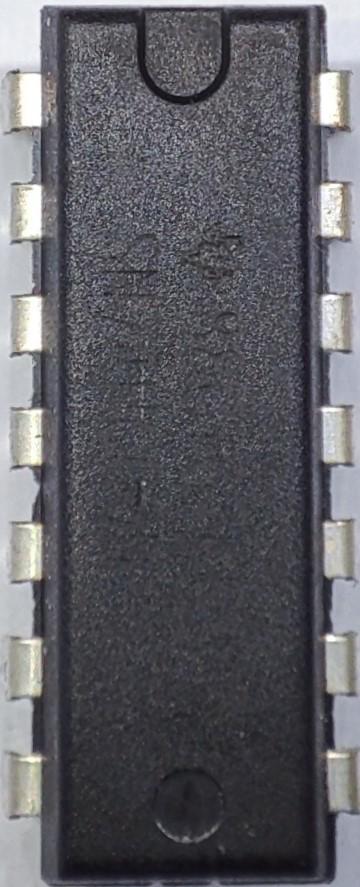
 Design with SN74HC00_FIAX in Cirkit Designer
Design with SN74HC00_FIAX in Cirkit DesignerIntroduction
The SN74HC00_FIAX is a quad 2-input NAND gate integrated circuit (IC) from the 74HC00 series, renowned for its high-speed CMOS logic. This versatile component is designed to perform NAND logic operations and is widely used in various digital circuits. Its ability to operate over a wide voltage range makes it suitable for numerous applications, including:
- Digital logic circuits
- Signal processing
- Data manipulation
- Control systems
- Timing and sequencing circuits
Explore Projects Built with SN74HC00_FIAX
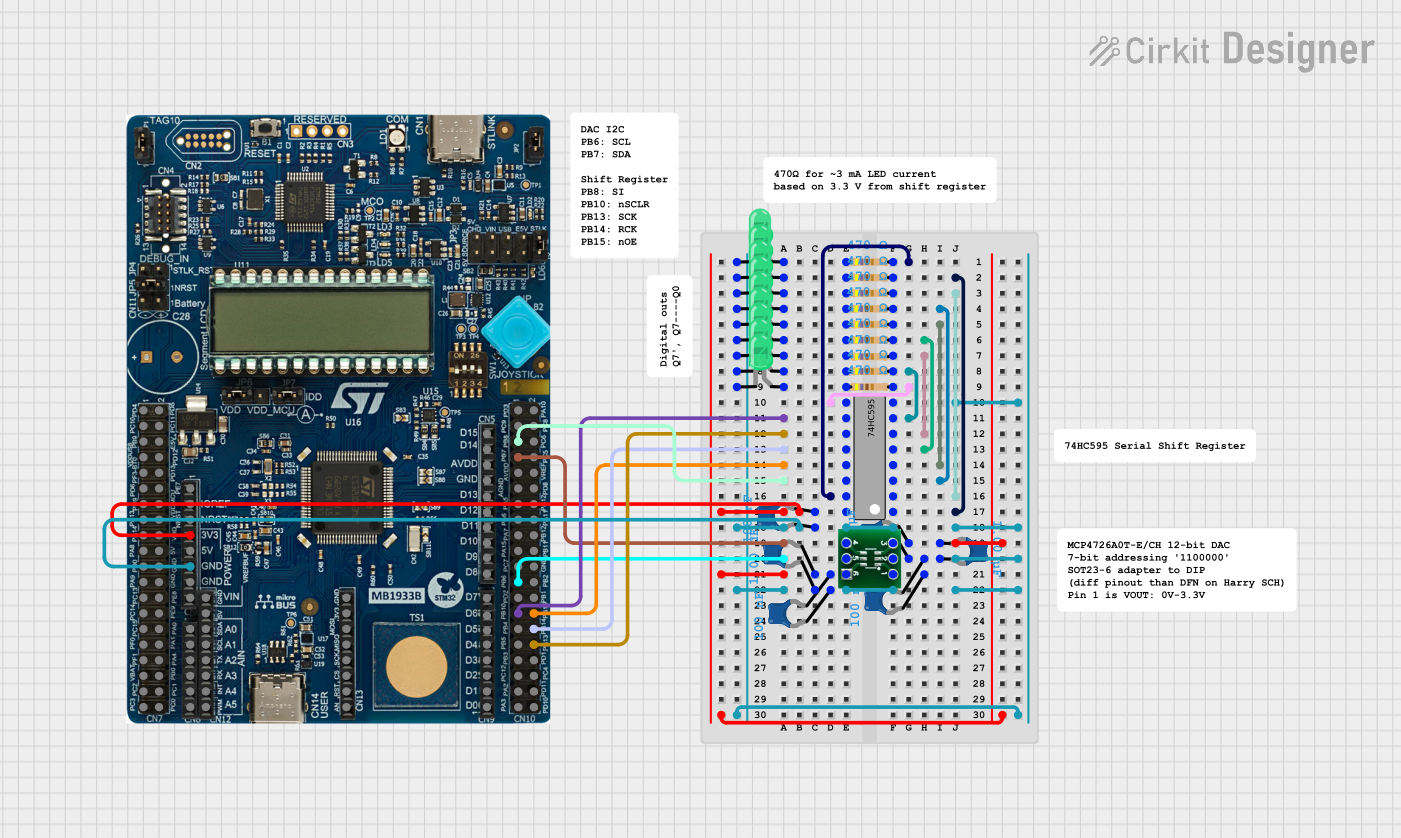
 Open Project in Cirkit Designer
Open Project in Cirkit Designer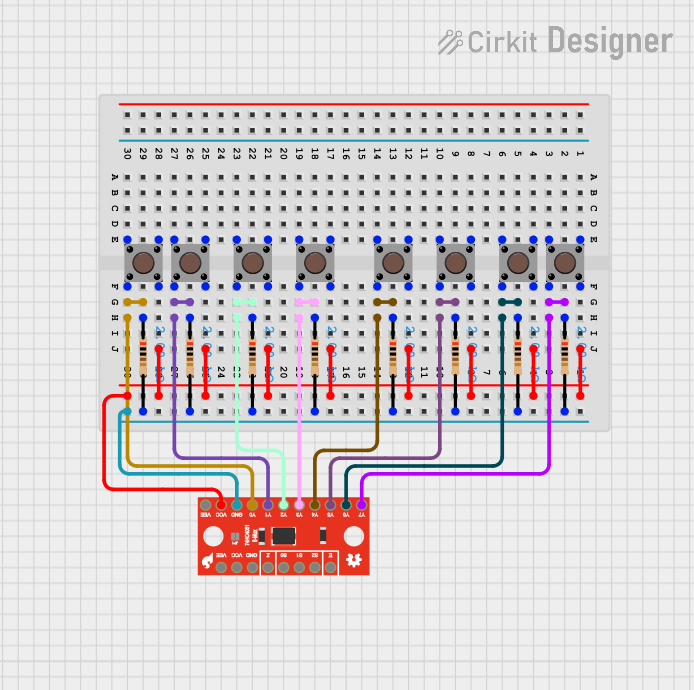
 Open Project in Cirkit Designer
Open Project in Cirkit Designer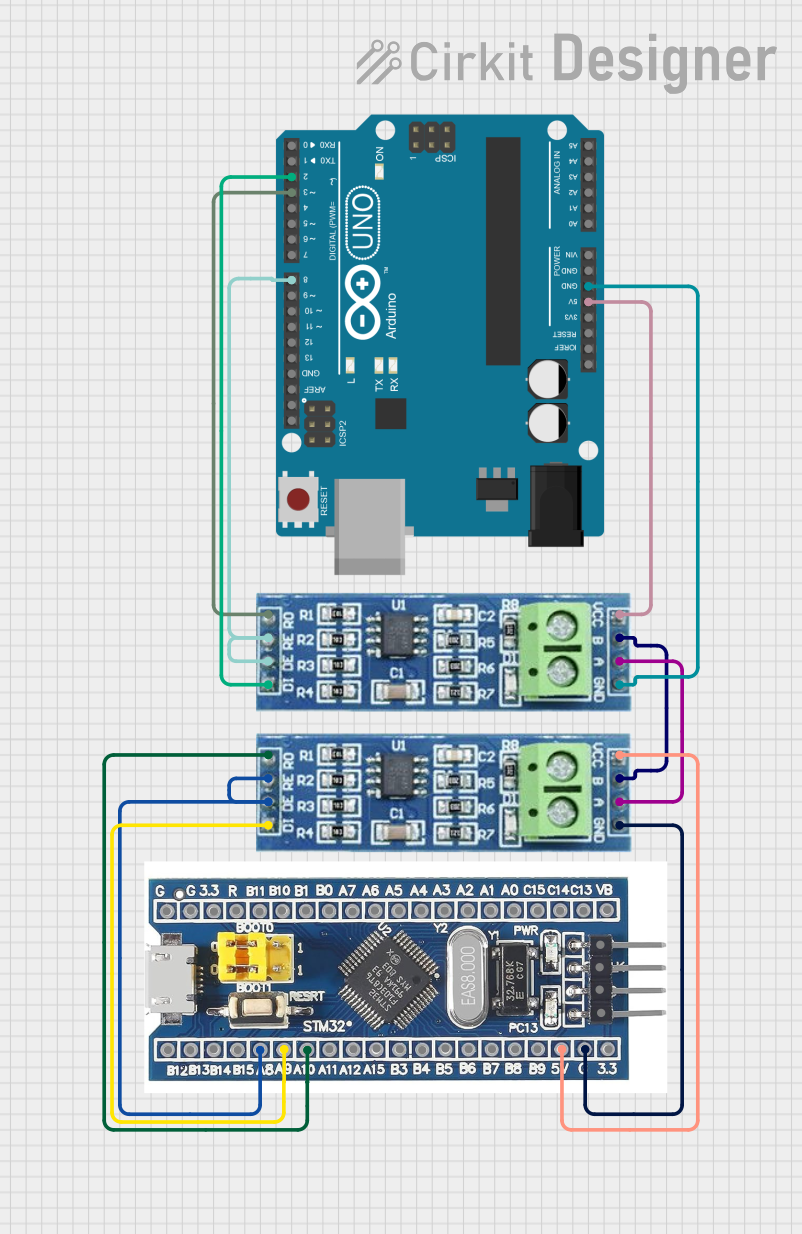
 Open Project in Cirkit Designer
Open Project in Cirkit Designer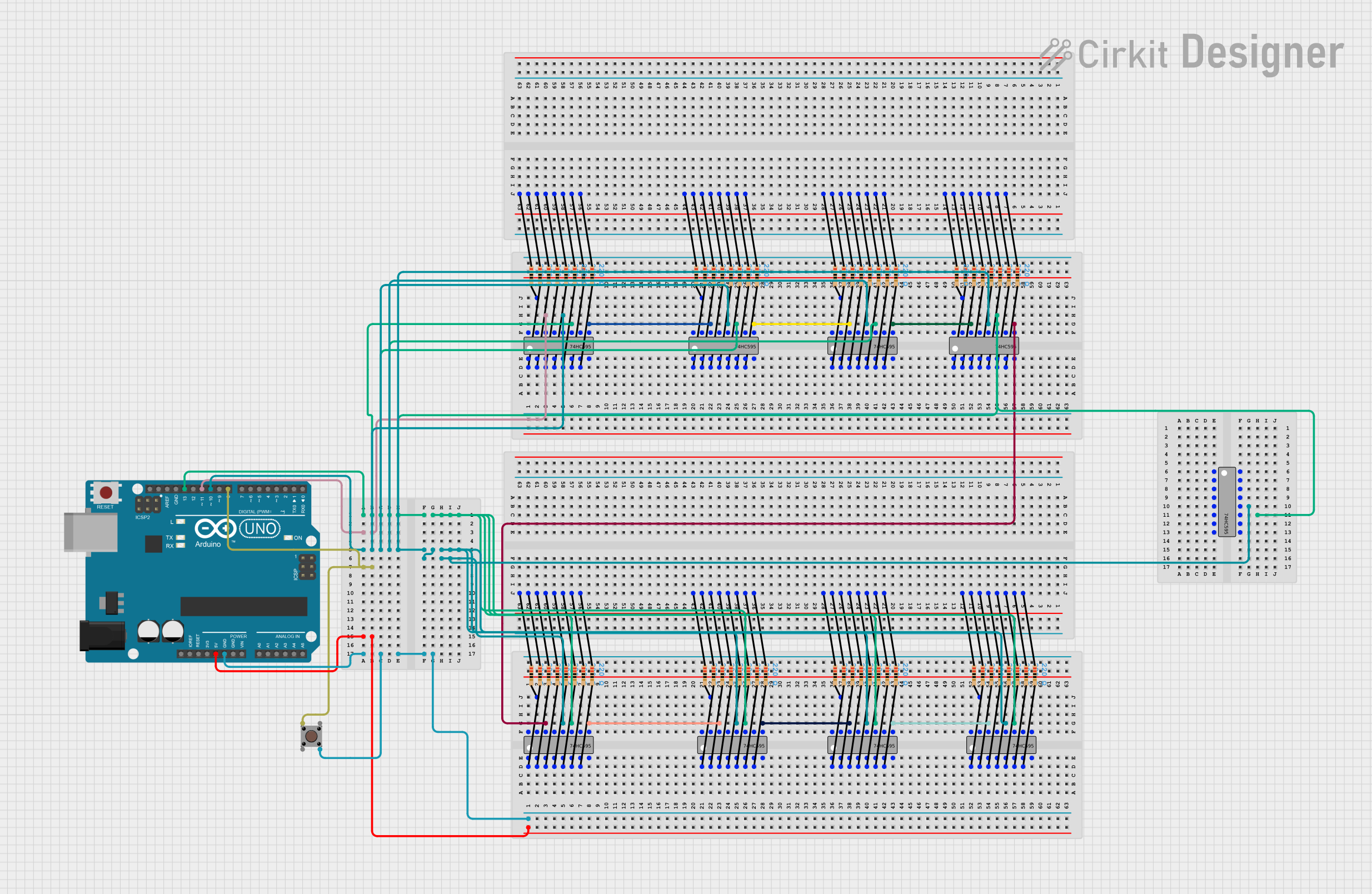
 Open Project in Cirkit Designer
Open Project in Cirkit DesignerExplore Projects Built with SN74HC00_FIAX

 Open Project in Cirkit Designer
Open Project in Cirkit Designer
 Open Project in Cirkit Designer
Open Project in Cirkit Designer
 Open Project in Cirkit Designer
Open Project in Cirkit Designer
 Open Project in Cirkit Designer
Open Project in Cirkit DesignerTechnical Specifications
Key Technical Details
| Parameter | Value |
|---|---|
| Supply Voltage | 2V to 6V |
| Input Voltage | 0V to Vcc |
| Output Voltage | 0V to Vcc |
| High-Level Input | 2V (min) |
| Low-Level Input | 0.8V (max) |
| High-Level Output | Vcc - 0.1V (min) |
| Low-Level Output | 0.1V (max) |
| Input Current | ±1µA |
| Output Current | ±25mA |
| Power Dissipation | 500mW |
| Propagation Delay | 8ns (typical) |
| Operating Temp. | -40°C to 85°C |
Pin Configuration and Descriptions
| Pin No. | Pin Name | Description |
|---|---|---|
| 1 | 1A | Input A for NAND Gate 1 |
| 2 | 1B | Input B for NAND Gate 1 |
| 3 | 1Y | Output Y for NAND Gate 1 |
| 4 | 2A | Input A for NAND Gate 2 |
| 5 | 2B | Input B for NAND Gate 2 |
| 6 | 2Y | Output Y for NAND Gate 2 |
| 7 | GND | Ground |
| 8 | 3A | Input A for NAND Gate 3 |
| 9 | 3B | Input B for NAND Gate 3 |
| 10 | 3Y | Output Y for NAND Gate 3 |
| 11 | 4A | Input A for NAND Gate 4 |
| 12 | 4B | Input B for NAND Gate 4 |
| 13 | 4Y | Output Y for NAND Gate 4 |
| 14 | Vcc | Supply Voltage |
Usage Instructions
How to Use the Component in a Circuit
- Power Supply: Connect the Vcc pin (Pin 14) to a positive voltage supply (2V to 6V) and the GND pin (Pin 7) to the ground of the circuit.
- Inputs: Connect the input pins (1A, 1B, 2A, 2B, 3A, 3B, 4A, 4B) to the desired logic signals.
- Outputs: The output pins (1Y, 2Y, 3Y, 4Y) will provide the NAND logic result of the corresponding input pairs.
Important Considerations and Best Practices
- Ensure that the supply voltage (Vcc) is within the specified range (2V to 6V).
- Avoid exceeding the maximum input and output current ratings to prevent damage.
- Use decoupling capacitors (e.g., 0.1µF) near the Vcc pin to filter out noise and stabilize the power supply.
- Keep the input signals within the specified voltage range to ensure proper logic operation.
Example Circuit with Arduino UNO
Here is an example of how to use the SN74HC00_FIAX with an Arduino UNO to perform a simple NAND gate operation:
// Define input and output pins
const int inputA = 2;
const int inputB = 3;
const int outputY = 4;
void setup() {
// Initialize input pins
pinMode(inputA, INPUT);
pinMode(inputB, INPUT);
// Initialize output pin
pinMode(outputY, OUTPUT);
}
void loop() {
// Read input values
int valA = digitalRead(inputA);
int valB = digitalRead(inputB);
// Perform NAND operation
int resultY = !(valA && valB);
// Output the result
digitalWrite(outputY, resultY);
// Small delay for stability
delay(10);
}
Troubleshooting and FAQs
Common Issues Users Might Face
No Output Signal:
- Solution: Check the power supply connections (Vcc and GND). Ensure that the input signals are within the specified voltage range.
Incorrect Logic Output:
- Solution: Verify the input connections and ensure that the input signals are correctly applied. Check for any loose or faulty connections.
Overheating:
- Solution: Ensure that the current through the IC does not exceed the maximum ratings. Use appropriate heat dissipation methods if necessary.
FAQs
Q1: Can the SN74HC00_FIAX be used with a 3.3V power supply?
- A1: Yes, the SN74HC00_FIAX can operate with a supply voltage range of 2V to 6V, making it compatible with a 3.3V power supply.
Q2: What is the maximum propagation delay of the SN74HC00_FIAX?
- A2: The typical propagation delay is 8ns, but it can vary depending on the operating conditions.
Q3: How many NAND gates are included in the SN74HC00_FIAX?
- A3: The SN74HC00_FIAX contains four independent 2-input NAND gates.
Q4: Can I use the SN74HC00_FIAX for high-speed applications?
- A4: Yes, the SN74HC00_FIAX is designed for high-speed CMOS logic operations, making it suitable for high-speed applications.
By following this documentation, users can effectively integrate the SN74HC00_FIAX into their digital circuits and troubleshoot common issues. Whether you are a beginner or an experienced user, this guide provides the necessary information to utilize this versatile NAND gate IC.